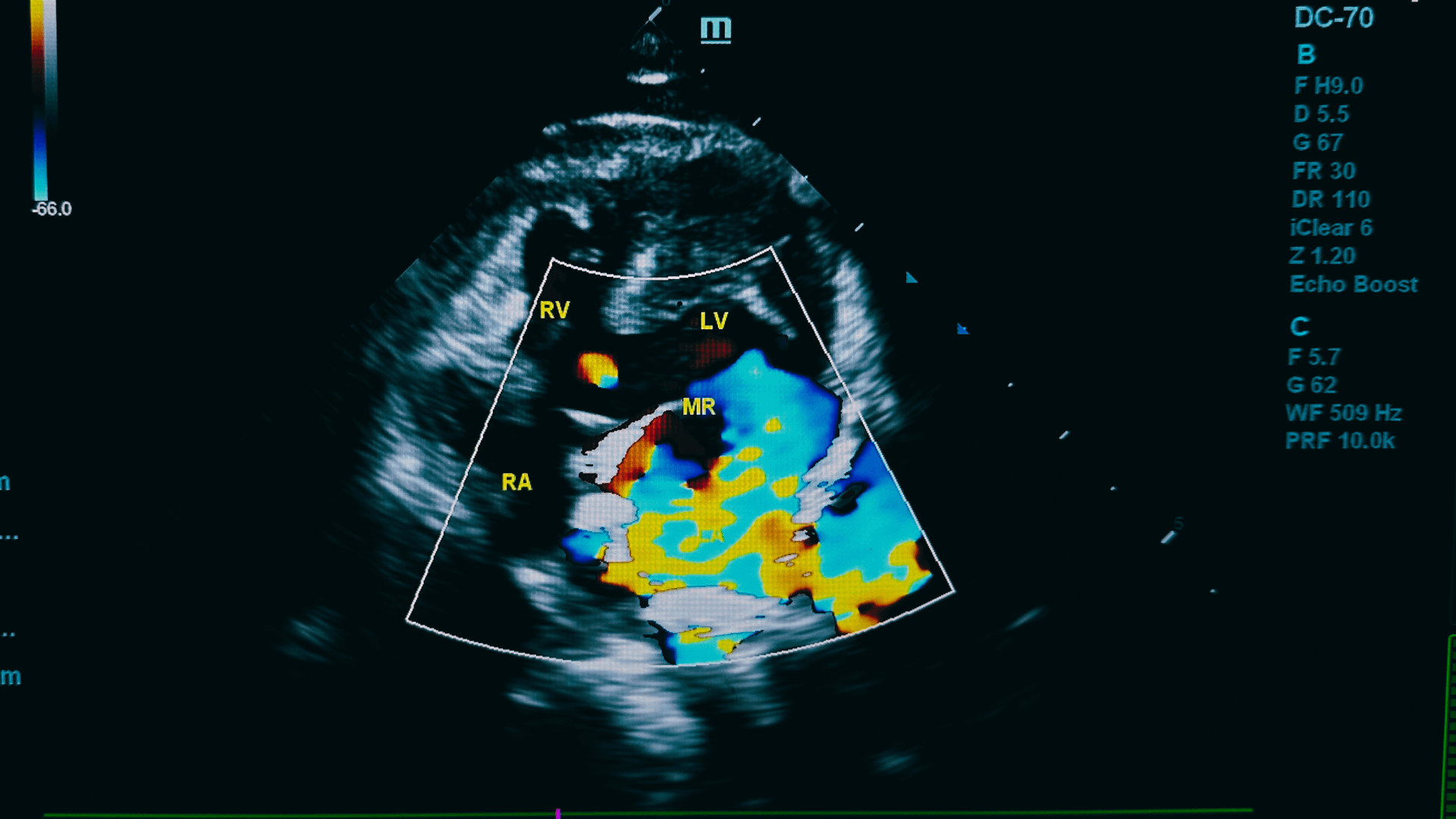Poor medical coding practices can devastate a practice’s bottom line. The F84.0 diagnosis code plays a pivotal role in documenting, treating, and submitting claims for patients with autism spectrum disorder (ASD).
Many healthcare providers struggle with the proper application of this code, potentially leaving money on the table while complicating patient care.
F84.0 stands as a billable code within the ICD-10 system, specifically identifying Autistic Disorder – a condition marked by social difficulties, communication challenges, and behavioral rigidity.
Clinicians who become proficient with F84.0 coding advocate more effectively for patients and protect their practice from the financial hemorrhage of denied claims and delayed payments that plague many behavioral health providers.
What is F84.0? Defining the Diagnosis Code
The F84.0 ICD-10 code designates Autistic Disorder within the broader umbrella of pervasive developmental disorders. Child psychiatrists, developmental pediatricians, and behavioral health specialists encounter this code regularly in their documentation workflows.
Under World Health Organization guidelines, F84.0 encompasses conditions showing:
- Marked difficulties navigating social exchanges and relationships
- Significant communication barriers affecting expression and comprehension
- Rigid behavioral patterns with restricted interests
Providers must carefully differentiate F84.0 from codes like F95 (covering various tic disorders), F45 (somatoform conditions), M14 (joint disorders), and F18 (volatile solvent-induced conditions).
Though symptom overlap exists, treatment protocols differ dramatically.
This precise F84.0 autism spectrum disorder designation carries significant weight compared to the broader ICD10 F84 category.
Many insurers approve intensive behavioral interventions for F84.0 but deny identical treatment plans under less specific developmental codes.
One major insurer recently rejected 43% of ABA therapy authorizations due to insufficient diagnostic specificity, highlighting the real-world impact of precise coding.
Clinical Criteria for F84.0 Diagnosis

Applying the F84.0 code demands a thorough evaluation against established diagnostic frameworks.
According to ICD-10 standards, clinicians must document developmental irregularities appearing before age three, alongside persistent difficulties across three fundamental domains:
Social Interaction Impairments
The social challenges in autism often become apparent when typical peer interactions develop.
Many parents first notice concerns when their child seems indifferent to other children at playgrounds or daycare settings. These difficulties often persist despite well-intentioned intervention efforts.
- Limited eye contact and abnormal body language
- Significant struggles in forming age-appropriate friendships
- Minimal spontaneous sharing of enjoyment or interests
- Reduced back-and-forth social engagement
Communication Deficits
Language patterns in autism vary dramatically, from a complete absence of verbal communication to highly advanced vocabulary used in unusual ways.
Many children with autism develop speech on typical timelines but struggle with pragmatic aspects like adjusting conversational style for different listeners or understanding implied meanings.
- Delayed or absent speech without gestural compensation
- Pronounced difficulties in maintaining conversational flow
- Stereotyped phrases or echolalic speech patterns
- Limited pretend play or social imitation
Restricted, Repetitive Behaviors
These characteristic patterns often emerge as intense fascinations with unusual topics, rigid adherence to routines, or repetitive motor movements.
Parents frequently report that disruptions to established routines trigger significant distress, while repetitive behaviors often intensify during periods of stress or sensory overload.
- Consuming preoccupations with specific topics
- Rigid daily routines with extreme distress when disrupted
- Self-stimulatory behaviors like hand-flapping or rocking
- Unusual focus on parts of objects rather than functional play
The divergence between DSM-5‘s unified spectrum approach and ICD-10’s categorical system creates practical headaches for many practices.
Clinicians often find themselves documenting symptoms according to DSM-5 language while selecting ICD-10 codes that best approximate the clinical picture – an imperfect translation process requiring careful consideration.
F84.0 in Medical Billing and Practice Management
F84.0’s designation as a billable ICD-10-CM code directly impacts a practice’s financial health.
This classification enables providers to substantiate their clinical judgments for reimbursement purposes, particularly crucial for behavioral health practices where autism services may represent 30-60% of total patient volume.
Successful claims using F84.0 hinge on meticulous documentation and strategic billing approaches:
Documentation Requirements
Insurance companies have dramatically intensified their scrutiny of autism-related claims over the past five years, often requesting extensive supporting documentation before approving services.
Modern claims systems frequently flag F84.0 codes for additional review, making comprehensive documentation essential for avoiding payment delays.
- Detailed developmental history noting specific milestone delays
- Standardized assessment scores from recognized tools (ADOS-2, ADI-R)
- Structured observation notes documenting specific behaviors
- Analysis of symptom frequency, duration, and intensity
- Individualized treatment plans with measurable quarterly objectives
Billing Practices
The complex payer landscape for autism services creates a minefield of potential billing errors. Practice managers must develop systematic approaches that account for widely varying payer requirements while maintaining compliance with ever-changing regulations.
- Weekly verification of insurer-specific coding requirements
- Strategic sequencing when documenting comorbidities
- Explicit documentation linking interventions to diagnostic features
- Detailed progress notes substantiating continued medical necessity
For autism-focused practices, accurate F84.0 coding directly impacts reimbursement for core services:
- Discrete trial training and other ABA methodologies
- Pragmatic language therapy addressing social communication
- Sensory integration interventions through OT services
- Structured social skills training in group settings
- Parent coaching on behavioral management strategies
The patchwork of state mandates and federal requirements creates wildly inconsistent coverage landscapes.
Some plans limit provider qualifications for ABA therapy or mandate specific assessment protocols that may not align with a practice’s established workflows.
Differential Diagnosis and Related Codes
Distinguishing autism from conditions with similar presentations requires clinical experience and comprehensive assessment. This differentiation directly affects treatment approaches, family education, and reimbursement likelihood.
Related codes requiring careful discrimination include:
- F84.1: Atypical autism (partial symptom presentation)
- F84.2: Rett’s syndrome (a genetic disorder affecting primarily females)
- F84.3: Childhood disintegrative disorder (normal development followed by severe regression)
- F84.5: Asperger’s syndrome (social deficits without significant language delay)
- F84.8: Other specified pervasive developmental disorders
- F84.9: PDD-NOS (subthreshold across multiple domains)
Comorbidities frequently complicate the clinical picture:
- F90.9: ADHD (co-occurs in roughly 30% to 80% of autism cases)
- F41.1: Anxiety disorders (particularly common in verbal individuals)
- F32.9: Depression (risk increases substantially during adolescence)
- F42: OCD (shares features with the repetitive behavior domain)
- G40: Seizure disorders (present in approximately 25% to 40% of cases)
Most experienced providers recognize that accurate diagnosis requires multidisciplinary input.
Developmental pediatricians establish medical foundations, and psychologists administer specialized assessments. Speech pathologists, occupational therapists, and educators contribute observations across different functional domains.
Evolution of F84.0 in Diagnostic Systems
The conceptualization of autism has undergone dramatic shifts, influencing how clinicians apply the F84.0 code in everyday practice:
Historical Context
Leo Kanner first described “early infantile autism” in 1943, identifying children with profound social withdrawal and communication abnormalities.
Until DSM-III in 1980, these presentations were often misclassified under childhood schizophrenia until mounting evidence established autism as a distinct neurodevelopmental condition with early childhood onset.
Classification Challenges
ICD-10 maintains separate codes for autistic disorder (F84.0), Asperger’s syndrome (F84.5), and related conditions, while DSM-5 eliminated these distinctions in favor of a unified “autism spectrum disorder” diagnosis in 2013.
This discrepancy creates headaches for providers juggling different diagnostic languages across clinical documentation, educational reports, and billing submissions.
Many practices address this disconnect pragmatically – documenting extensively using DSM-5 terminology while selecting the most appropriate ICD-10 code for billing purposes.
The anticipated adoption of ICD-11 should eliminate this awkward translation process.
Contemporary Severity Specifications
Current best practices emphasize documenting functional impact alongside the F84.0 diagnosis:
- Level 1: “Requiring support” for social challenges despite generally adaptive functioning
- Level 2: “Requiring substantial support” with marked deficits impacting daily functioning
- Level 3: “Requiring very substantial support” with severe limitations necessitating constant supervision
These functional classifications help providers communicate impairment levels clearly while justifying appropriate service intensity to third-party payers focused on evidence-based resource allocation.
Best Practices for Healthcare Providers Using F84.0

Behavioral health practices can optimize their approach to F84.0 diagnosis through targeted improvements to documentation systems, practice operations, and technology implementation:
Documentation Strategies
Comprehensive documentation serves multiple critical functions beyond diagnostic justification: it establishes baseline functioning, tracks intervention effectiveness, satisfies regulatory requirements, and creates a defensible record should claims be retrospectively audited.
For F84.0 specifically, documentation must demonstrate pervasive impacts across settings.
- Create specialized templates highlighting diagnostic criteria
- Implement quarterly documentation audits with feedback loops
- Compile observations from multiple environments (home, school, clinic)
- Document specific behavioral examples with frequency data
- Schedule formal reassessments at developmentally appropriate intervals
Practice Management Considerations
Autism services require specialized operational approaches distinct from general behavioral health practices. Clinics serving significant numbers of patients with F84.0 diagnoses benefit from tailored systems addressing this population’s unique needs.
- Develop standardized assessment protocols integrating multiple measures
- Build referral relationships with developmental specialists and neurologists
- Establish care coordination pathways for multidisciplinary services
- Create insurance verification processes specific to autism benefits
- Maintain current knowledge of state mandate provisions and limitations
Electronic Health Record (EHR) Optimization
Thoughtful technology implementation can substantially improve F84.0 diagnostic accuracy and documentation quality. Strategic EHR configuration supports clinical excellence and streamlined reimbursement for autism spectrum services.
- Customize assessment templates incorporating diagnostic criteria
- Implement automatic flags for missing documentation elements
- Ensure seamless integration between clinical and billing platforms
- Generate exception reports identifying potential compliance issues
- Develop automated prompts for reassessment at appropriate intervals
Practices investing in these specialized systems typically experience fewer claim denials, faster payment cycles, and more consistent revenue streams – critical advantages in the increasingly complex autism service ecosystem.
The Impact of F84.0 on Healthcare Delivery and Reimbursement
The F84.0 diagnosis code profoundly shapes treatment access and financial processes for patients with autism:
Healthcare Delivery Implications
Beyond its administrative function, the F84.0 code often serves as an access key unlocking specialized services across healthcare, educational, and community settings.
This diagnosis connects families to a broader ecosystem of support necessary for developmental progress and quality of life improvements.
- Establishes eligibility for intensive early intervention programs
- Justifies higher-cost service models with enhanced staffing ratios
- Facilitates coordination across medical, educational, and therapeutic domains
- Supports epidemiological tracking, informing resource allocation
- Triggers educational accommodations and specialized placement options
Reimbursement Realities
The financial aspect of autism services has evolved dramatically over the past decade, largely through advocacy-driven state insurance mandates and federal mental health parity legislation.
However, substantial variations persist across payers, creating complex reimbursement environments that providers must navigate carefully.
- Validates medical necessity for behavioral interventions
- Determines authorized service intensity and duration parameters
- Affects coverage decisions for communication devices and sensory equipment
- Influences eligibility for home and community-based waiver programs
- Triggers state-mandated benefits where applicable
Payer Variations
The fragmented insurance marketplace creates wildly inconsistent coverage patterns for F84.0-related services.
Some plans limit annual therapy visits to arbitrary caps, while others impose restrictive provider credentialing requirements or mandate specific assessment protocols that may not align with best clinical practices.
Recent trends show growing insurer concern about long-term therapy costs, with some implementing more frequent authorization reviews or shifting toward episodic treatment models for certain intervention types.
Many practices report increasing documentation burdens and more aggressive utilization management practices specifically targeting autism services.
Maximizing the Utility of F84.0 in Practice
The F84.0 diagnosis code represents far more than an administrative formality—it functions as a critical access point to specialized interventions, support services, and appropriate reimbursement for individuals with autism spectrum disorder.
Mastering this code’s application directly impacts clinical effectiveness and financial viability for behavioral health practices.
Understanding the diagnostic nuances, documentation requirements, and billing implications of F84.0 enables providers to:
- Ensure diagnostic precision, guiding appropriate intervention planning
- Maximize legitimate service reimbursement
- Facilitate seamless care coordination across disciplines
- Maintain regulatory compliance while preventing payment delays
- Support improved client outcomes through appropriate resource allocation
As diagnostic frameworks evolve alongside healthcare financing systems, staying current with F84.0 applications remains essential for effective practice management in behavioral health settings.
For practices seeking to enhance their coding expertise and optimize ICD-10 codes for mental health billing processes, specialized billing partnerships offer substantial advantages.
With systematic process design and built-in accountability measures, the right billing partner can significantly improve profitability while ensuring documentation compliance.
Is your practice capturing all legitimate reimbursements for patients with F84.0 diagnoses? MCB specializes in behavioral health medical billing, helping providers maximize profitability through comprehensive process design and accountability measures. Contact our team today to discover how our specialized expertise can transform your practice’s approach to autism spectrum disorder billing and reimbursement.











